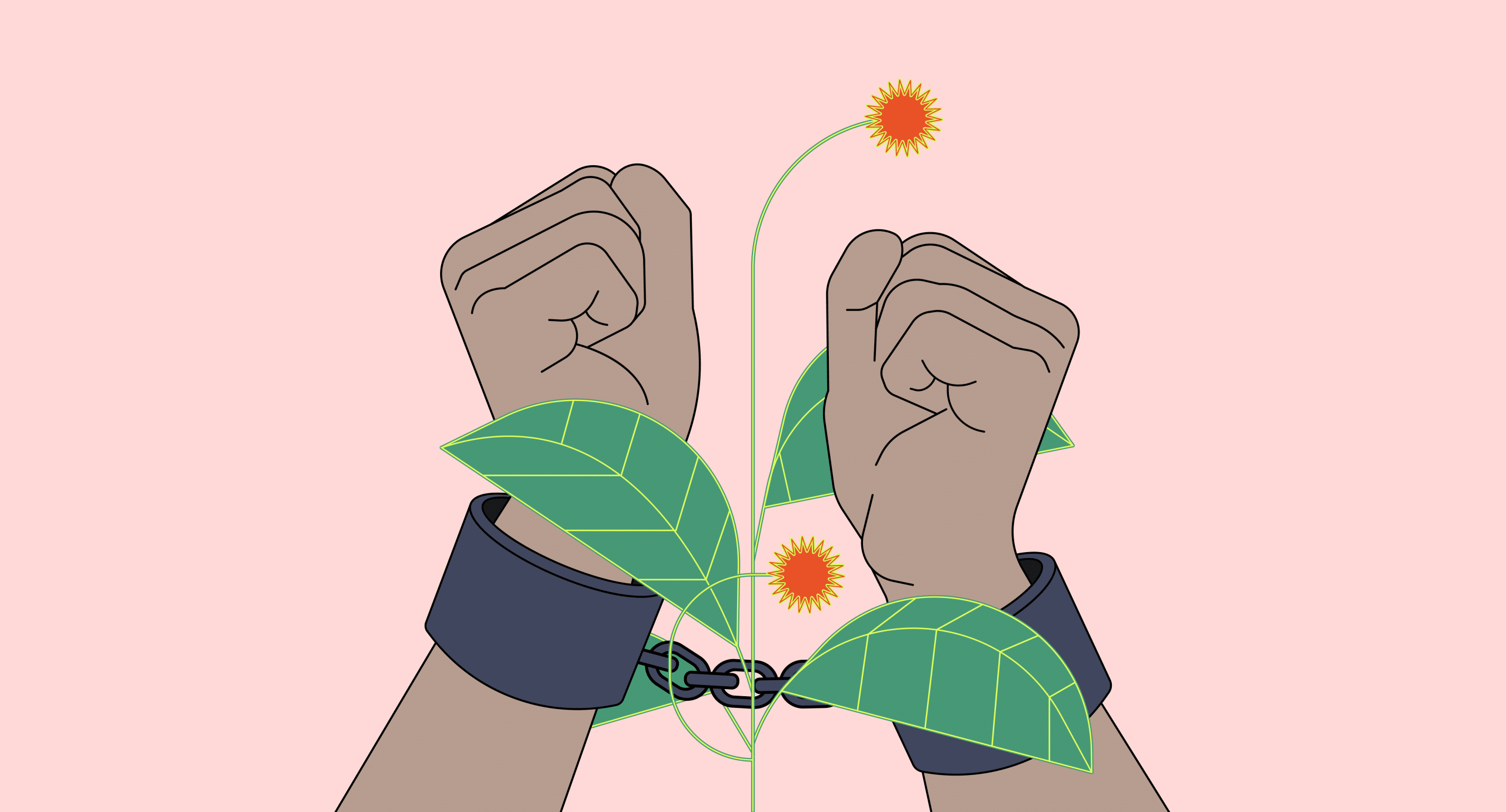What Do Kratom Wobbles Feel Like?
“The wobbles” is a playful way to call a collection of different symptoms — mostly dizziness. In fact, it’s very similar to the dizziness produced by motion sickness.
During these episodes, your eyes twitch, contract, and move involuntarily, making it difficult to focus on anything. Your vision gets blurry, and you will probably feel lightheaded and dizzy. Double vision is another common symptom.
These effects can make it impossible to achieve daily tasks, such as reading and walking. They are bothersome, but they could also be potentially dangerous if experienced while driving or during similar activities.
What Causes the Wobbles?
The wobbles happen due to kratom’s main alkaloids — mitragynine and 7-hydroxymitragynine — interacting with the opioid system. While kratom is not an opioid, it has potent effects similar to morphine.
There are opioid receptors in the vestibular system, and activating these is what can cause things like nystagmus (uncontrolled, back and forth movement of the eyes) and ultimately motion sickness, vertigo, and the wobbles.

How to Reduce Kratom Wobbles
The wobbles can accidentally happen when you’re new or simply trying a potent strain or upping your dose.
Avoiding the wobbles is pretty simple, as it only requires lowering your dose. When trying new strains, we recommend starting with small doses and slowly increasing the amount of powder. Using a scale is the best way to ensure you are not going over. You can measure without a scale, but always play it safe and err on the side of caution.
In general, a small dose is 2-5 g and is best for energy and mood. Larger doses are 6-12 g and are best for sleep and pain. If you’re new, start with small. You can always have more later.

Switching strains can also help since strains higher in 7-hydroxymitragynine will be more likely to cause the wobbles (more on that below).
If you are experiencing wobbles, the best you can do is wait it out. Lay down in a quiet and dark place, or take a nap if needed. In about an hour or so, the symptoms will probably have passed.
Related: Kratom Dosage Guide
Strains That Produce the Wobbles
Some kratom strains are more likely to give you the wobbles than others due to the different concentrations of alkaloids.
In general, the more sedating a strain is, the more likely it is to cause the wobbles due to the higher concentration of 7-hydroxymitragynine.
Here are some varieties that can cause the wobbles:
These strains are commonly responsible for the wobbles, and you should use as little as possible.
What Is Kratom?
Kratom is a plant from Southeast Asia. The leaves of this native tree are harvested and chewed or dried and powdered. It was traditionally used as a household medicine and can help with pain management, insomnia, and low energy.

These medicinal benefits come from the opioid-like properties of the herb. It works by interacting with the opioid receptors in your brain and the central nervous system.
Because of this, it is common to experience side effects when you don’t take responsible amounts.
Benefits of Kratom
Kratom possesses many medicinal properties that can help with various conditions. Due to its nootropic effects, it is commonly used as an alternative to other medicines or as a stimulant.
The number one benefit of kratom is pain management. It is one of the most effective herbal analgesics and can even help with neuralgia and chronic and muscular pain.
Thanks to its sedative effects, some strains can help with insomnia. Red-veined strains, such as Red Bali, are the best option for this use.
On the other hand, kratom can also help boost your energy, focus, and creativity with its nootropic properties. White-veined varieties, such as White Borneo, are especially famous for this.
Kratom can also improve your mood and manage anxiety and depression. Some people even use it as a replacement for alcohol to loosen up in social situations. Most white strains are good for euphoria.
Lastly, kratom is an excellent tool for addiction recovery. Since it works similarly to opioids, you can use it to help manage withdrawal symptoms without worsening the condition.
What Are Other Side Effects of Kratom?
Kratom is not a miracle herb, and it can produce a wide range of side effects because of the many systems it interacts with. These unwanted reactions usually indicate that you are taking larger doses than you should.
Some of the most common side effects of kratom are:

Kratom Addiction & Overdose
Kratom can be addictive, but this is different than an addiction to opioids. It is much easier to overcome and less likely to cause severe problems. While it is possible to overdose on kratom, it is almost impossible to suffer from severe life-threatening side effects or, at worst, die. Most kratom overdose cases involve some other medication or substance as a contributing factor.
Kratom overdose symptoms are awful but temporary. Wobbles are a warning signal that you could be close to an overdose.
These are the symptoms you could experience during a kratom overdose:
- Agitation
- Difficulty when breathing
- Dizziness and difficulty walking
- Extreme fatigue
- Hallucinations
- High blood pressure
- Nausea and vomiting

Conclusion: What Are Kratom Wobbles?
The term “kratom wobbles” describes a cluster of symptoms associated with large doses of kratom. It is characterized by twitchy and uncontrollable eye movements that can produce dizziness, double vision, and difficulty walking.
Although wobbles can be highly unpleasant, they are temporary and easy to fix. Reduce your dose of kratom and use a kitchen scale instead of spoonfuls to measure the amount of dry powder.







